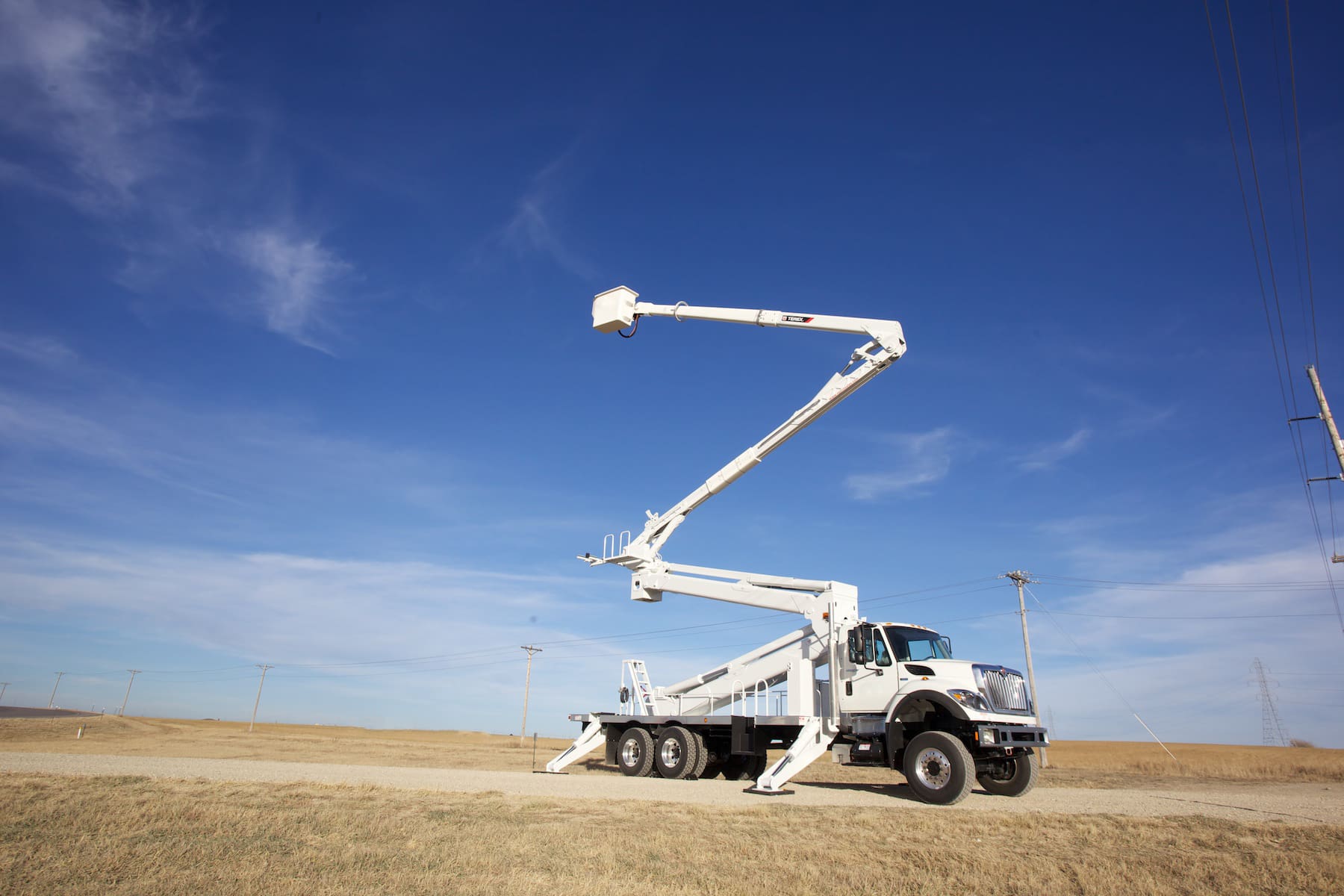
Aerial lifts have become essential pieces of heavy equipment in certain job sites where workers need to access above-ground, hard-to-reach places, easily and safely, without the hassle of erecting a scaffold. In our last blog, we explained some key advantages of renting instead of buying for small companies that are operating on a limited budget. In this blog, we will delve deeper into the subject. Here are 6 things you have to consider before renting aerial equipment, so the job gets done efficiently and affordably:
# 1: HEIGHT
Don’t get confused between `platform height’ and `working height’. `Platform height’ literally means the vertical distance from the ground to the platform on which your worker will be standing. Some rental companies, however, use `working height’ as a measure. This is typically an additional 5 ft, calculated with the assumption that a 5-ft person will work on that aerial lift.
So for a 45-ft working height, for example, you don’t need the platform height to be 45 ft as well. A 40-ft lift will be sufficient with a 5-ft worker in the basket adding the extra height necessary. In real terms, that means you can rent a smaller unit and save a significant amount of money by just doing the calculation right.
# 2: TYPE
All aerial equipment performs the function of lifting, but which type do you actually need?
Bucket trucks have turrets that allow for rotating to different degrees. A couple types of bucket trucks include telescopic and articulated. Telescopic booms have one extendable straight arm, while articulated booms are bendable, and therefore very useful for jobs located in hard-to-reach places. Fork lifts are a great solution to move heavy loads of material or equipment around, and a telehandler can be attached as well to extend their functionality.
# 3: TERRAIN
Study the terrain carefully because it is important that the equipment is always standing on a safe, firm foundation. If the ground is muddy or rocky, rent an aerial lift with four-wheel drive or a crawler carrier. If there’s significant amount of debris on the site, you need a lift, which has a high ground clearance. On grounds with dips and slopes, a lift with more gradeability will tackle the challenge well. And so on.
# 4: TIRES
There are a variety of tires for aerial lifts – such as foam-filled, non-marking and high-flotation. A good rule of thumb: choose fixed-axle or 2WD units with non-marking tires for indoor jobs and oscillating axles and 4WD units with rough terrain tires for outdoor jobs.
# 5: OPERATOR TRAINING
Each piece of equipment comes with its own best practice guidelines. Any operator you employ to operate your aerial lifts should have experience in handling those particular types of equipment. This keeps the job site safe and reduces chances of serious accidents.
# 6: INSURANCE
Renting aerial equipment from a reputable company means they will assist you with the paperwork as much as possible. However, it’s still up to you to read the fine print on insurance forms and be clear on what the rental company’s responsibilities are and what’s yours.
Need Aerial Equipment On Rent?
Check Out Our Inventory By Clicking HERE!
If you are looking for equipment rentals in North America, Custom Truck One Source has you covered! We lease and rent our entire inventory of track loaders, telehandlers, wheel loaders, trailers, cranes, excavators, bucket trucks, boom trucks, dump trucks and more!
If you have a question about our equipment rental inventory, call us at 844-282-1838 for more information.
To see our rental terms for payment, transportation, use, operation, and maintenance of equipment and equipment return, please view our Master Rental Agreement Form.



